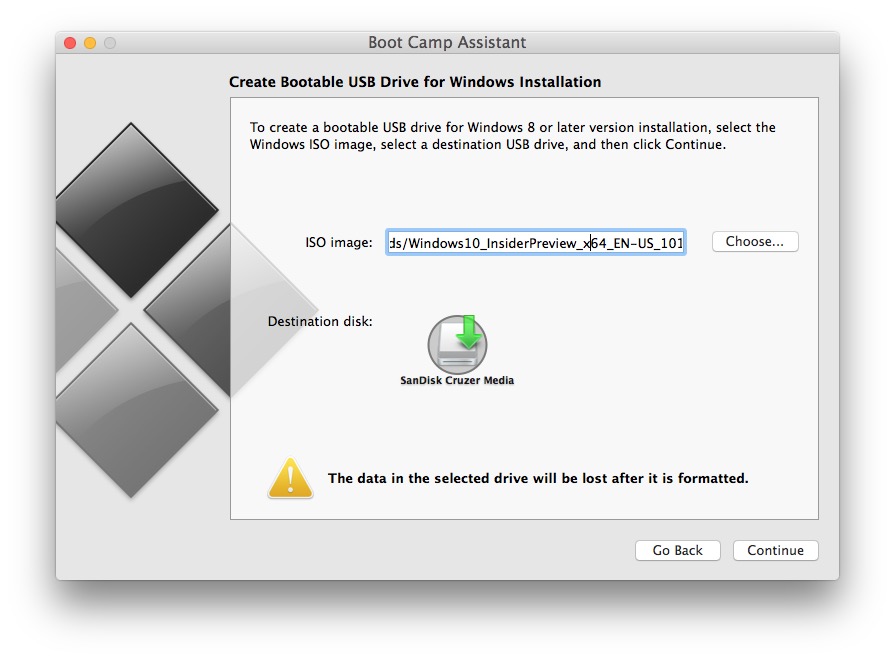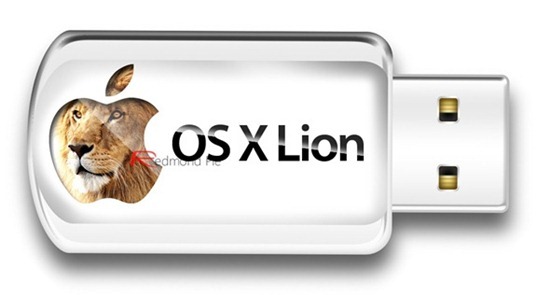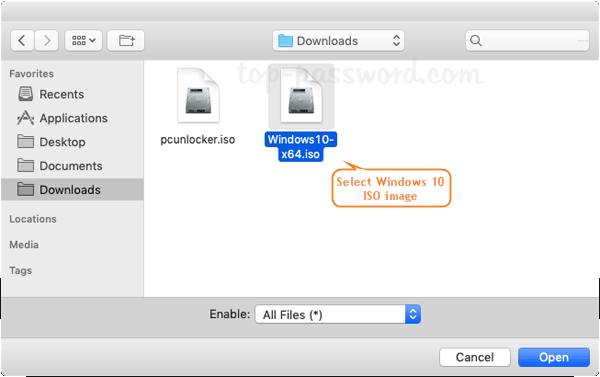(There's no video for Mac OS 9.2.2 'boot kit' for booting your G3/G4 from an USB stick yet. Please contribute to MR and add a video now!)
What is Mac OS 9.2.2 'boot kit' for booting your G3/G4 from an USB stick? Stop wasting plastic! You've been doing it wrong if you burn install CD's for your old Mac :PThis Mac OS 9.2.2 'boot kit' was made by @that-ben and makes the process of booting (and installing) Mac OS 9 on any G3 and most G4's from an USB stick a little bit easier, because not all the Mac OS 9 install CD images can be used to boot a Mac from an unlocked volume (such as from an USB stick or hard drive). This disk image does boot the computer into a fully useable desktop (albeit quite slow) and it's loaded with utilities and disk image mounting tools which will enable you to prepare and install Mac OS, everything without the need for a CD-ROM drive at all. Since the USB drive is unlocked, you can even surf the web using the pre-installed Classilla browser and go get more files, directly from the same computer you're about to install Mac OS on :P There is no Mac OS installer on this disk image. You still have to download a Mac OS install CD ISO of your choice (Mac OS 9.2.2 Universal 2002 edition is highly suggested unless you know and want to use your machine specific Mac OS install CD) in order to install it on your Mac. Follow these steps to clone this disk image onto an USB stick and follow the link at the bottom of that article to learn how to boot G3's and G4's from an USB stick using Open Firmware. Once the Mac is booted off of the USB stick, what I would do is: 1) Copy anything from the internal hard drive that's worth keeping onto an USB stick or external drive and then format the internal hard drive as HFS Extended using the Drive Setup found under the Applications folder on the USB stick. 2) Use another USB stick (formated as FAT32 if your main computer is a Windows PC or HFS Extended if it's under Mac OS X) or the network to copy your Mac OS install CD image onto that Mac's internal hard drive. 3) Lock that Mac OS install disk image (click on it to select it, then under the menu at the top: File > Get Info, then check the Locked attribute on the bottom/left corner). 4) Use the pre-loaded Toast 5 Titanium to mount the Mac OS install CD image (locked). 5) Launch the installer and enjoy your freshly installed Mac! No CD, no pollution. Pre-loaded software installed on the USB stick that you can use when booting off of it include:
Mac OS 9.2.2 Boot Kit.zip(164.02 MiB / 171.99 MB) Mac OS 9.2.2 Boot Kit / Toast (ISO) image / Zipped 1713 / 2019-02-12 / 3772eaedf5a1528c88d0a65252eb1333668b35c1 / / Architecture
Architecture: PPC Use this to boot any G3 and most G4's into a fully useable Mac OS 9.2.2 desktop from an USB stick, pre-loaded with all the tools you need to prepare and install Mac OS 9 on your PowerPC Mac. This could also be used to boot the QEMU emulator if you wanted. Emulating this? It should run fine under: SheepShaver |
What you need to install Windows 10 on Mac
- MacBook introduced in 2015 or later
- MacBook Air introduced in 2012 or later
- MacBook Pro introduced in 2012 or later
- Mac mini introduced in 2012 or later

- iMac introduced in 2012 or later1
- iMac Pro (all models)
- Mac Pro introduced in 2013 or later
If you're asked to insert a USB drive, plug your USB flash drive into your Mac. Boot Camp Assistant will use it to create a bootable USB drive for Windows installation. When Boot Camp Assistant asks you to set the size of the Windows partition, remember the minimum storage-space requirements in the previous section. Set a partition size that. Reasons for Mac Boot from USB. Booting the Mac from USB in a way gives the power back to the user. The likeliest of the reason for choosing the boot from the USB method is that your Mac won't start which denies the user access to the computer. Using an external source like the USB drive helps the user get around the problem. There are 2 Methods to Create a Bootable USB drive of Mac OS on your Windows PC. Method 1: Using TransMac. Download TransMac’s latest version for Windows from this link. Connect your USB drive; Right Click on your USB drive option in TransMac and select Format Disk for Mac; After that, right-click the USB Drive and select Restore with Disk Image.
The latest macOS updates, which can include updates to Boot Camp Assistant. You will use Boot Camp Assistant to install Windows 10.
64GB or more free storage space on your Mac startup disk:
- Your Mac can have as little as 64GB of free storage space, but at least 128GB of free storage space provides the best experience. Automatic Windows updates require that much space or more.
- If you have an iMac Pro or Mac Pro with 128GB of memory (RAM) or more, your startup disk needs at least as much free storage space as your Mac has memory.2
An external USB flash drive with a storage capacity of 16GB or more, unless you're using a Mac that doesn't need a flash drive to install Windows.
A 64-bit version of Windows 10 Home or Windows 10 Pro on a disk image (ISO) or other installation media. If installing Windows on your Mac for the first time, this must be a full version of Windows, not an upgrade.
- If your copy of Windows came on a USB flash drive, or you have a Windows product key and no installation disc, download a Windows 10 disk image from Microsoft.
- If your copy of Windows came on a DVD, you might need to create a disk image of that DVD.
How to install Windows 10 on Mac
To install Windows, use Boot Camp Assistant, which is included with your Mac.
1. Check your Secure Boot setting
Learn how to check your Secure Boot setting. The default Secure Boot setting is Full Security. If you changed it to No Security, change it back to Full Security before installing Windows. After installing Windows, you can use any Secure Boot setting without affecting your ability to start up from Windows.
2. Use Boot Camp Assistant to create a Windows partition
Open Boot Camp Assistant, which is in the Utilities folder of your Applications folder. Follow the on-screen instructions.
Create A Mac Os X Usb Boot Drive On Windows
- If you're asked to insert a USB drive, plug your USB flash drive into your Mac. Boot Camp Assistant will use it to create a bootable USB drive for Windows installation.
- When Boot Camp Assistant asks you to set the size of the Windows partition, remember the minimum storage-space requirements in the previous section. Set a partition size that meets your needs, because you can't change its size later.
3. Format the Windows (BOOTCAMP) partition
When Boot Camp Assistant finishes, your Mac restarts to the Windows installer. If the installer asks where to install Windows, select the BOOTCAMP partition and click Format. In most cases, the installer selects and formats the BOOTCAMP partition automatically.
4. Install Windows
Unplug any external devices that aren't necessary during installation. Then click Next and follow the onscreen instructions to begin installing Windows.
5. Use the Boot Camp installer in Windows
After Windows installation completes, your Mac starts up in Windows and opens a ”Welcome to the Boot Camp installer” window. Follow the onscreen instructions to install Boot Camp and Windows support software (drivers). You will be asked to restart when done.
- If the Boot Camp installer never opens, open the Boot Camp installer manually and use it to complete Boot Camp installation.
- If you have an external display connected to a Thunderbolt 3 port on your Mac, the display will be blank (black, grey or blue) for up to 2 minutes during installation.
How to switch between Windows and macOS
Restart, then press and hold the Option (or Alt) ⌥ key during startup to switch between Windows and macOS.

Learn more
If you have one of these Intel-based Mac models using OS X El Capitan or later, you don't need a USB flash drive to install Windows:
- MacBook introduced in 2015 or later
- MacBook Air introduced in 2017 or later3
- MacBook Pro introduced in 2015 or later3

- iMac introduced in 2015 or later
- iMac Pro (all models)
- Mac Pro introduced in late 2013 or later
To remove Windows from your Mac, use Boot Camp Assistant, not any other utility.
For more information about using Windows on your Mac, open Boot Camp Assistant and click the Open Boot Camp Help button.
1. If you're using an iMac (Retina 5K, 27-inch, Late 2014) or iMac (27-inch, Late 2013) or iMac (27-inch, Late 2012) with a 3TB hard drive and macOS Mojave or later, learn about an alert you might see during installation.
Mac Os X Usb Boot Drive On Windows Computer
2. For example, if your Mac has 128GB of memory, its startup disk must have at least 128GB of storage space available for Windows. To see how much memory your Mac has, choose Apple menu > About This Mac. To see how much storage space is available, click the Storage tab in the same window.
3. These Mac models were offered with 128GB hard drives as an option. Apple recommends 256GB or larger hard drives so that you can create a Boot Camp partition of at least 128GB.
